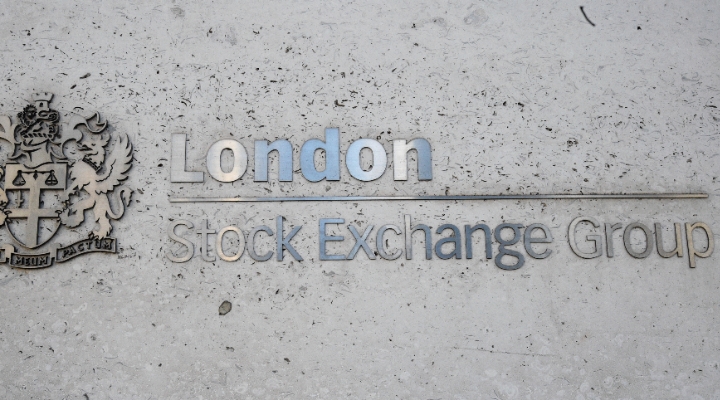Some things just don’t work together--oil and water, toothpaste and orange juice, Voldemort and Harry Potter.
Indeed, many dividend-minded investors will argue that buybacks and dividends are also incompatible, preferring companies to simply return the cash spent on buybacks in the form of cash dividends.
This group can (justifiably) point to recent examples like Hewlett-Packard (HPQ) and Dell (DELL)--both of which ploughed billions of dollars into buybacks at elevated prices and left long-term investors without much to show for their patience. In hindsight, it’s clear that long-term investors in these companies would have been better served with more dividend cash in their pockets.
Despite these examples of buybacks gone horribly wrong, it’s unlikely that companies will cease employing them anytime soon. In recent months, for instance, we’ve seen BAE Systems (BA.), Centrica (CNA) and British American Tobacco (BATS)--all generous dividend payers--announce large buyback programmes. Management teams find a number of advantages with buybacks, including the ability to signal to the market that they consider the shares undervalued, and, perhaps more importantly, the flexibility buybacks afford since there's no implicit commitment to repurchase the same amount each year. This is not the case with dividends, since investors in most markets prefer steady and increasing payouts each year.
For better or for worse, buybacks are here to stay. So rather than worry too much about the presence of buybacks in the market, it’s important to understand how buybacks can actually support dividend-paying shares.
To determine whether or not a company is using buybacks in a way that supports its regular dividend programme, we can employ what I’ll call the "Three-P" technique to evaluate management’s process, purpose, and production with buybacks.
Process
We can determine how effectively a company has bought back its stock by looking through its financial statements. The company’s annual report should provide details on how much was spent on buybacks in the prior year and how many shares were purchased. From these fairly simple calculations, we can get an idea of the average prices paid over time.
Consider the example of GlaxoSmithKline (GSK) (click image to enlarge):

*Sources: GlaxoSmithKline annual reports, Yahoo! Finance, author estimates
On the whole, it appears that Glaxo has not opportunistically repurchased shares at deep discounts, but neither has it consistently overpaid. Buybacks purchased near fair value can prove to be much wiser investments than acquisitions or even reinvestment at certain times. Generally, I'd much prefer to see a company buy back shares at fair value than over-leverage its balance sheet on a massive acquisition that could end up threatening the dividend.
Purpose
Second, we can often assess management’s motivation or purpose for buybacks by reading their commentaries in annual reports, on conference calls, and in investor presentations.
Red flags include companies that explicitly state the desire to use buybacks to boost earnings per share, offset dilution from stock options, or increase return on equity. All of these things can be residual effects of buybacks, but should not be the primary purpose for them.
Instead, a good steward of capital will weigh buybacks against alternative uses of free cash flow such as acquisitions, reinvestment, and debt reduction to determine the best use of the extra cash. Depending on the company's financial health and growth potential, you'd like to see a balanced mix over time alongside steady growth in the dividend.
Production
An underappreciated aspect of buybacks is that, by reducing the share count, companies can produce higher dividend per share growth relative to the gross dividend payout growth.
To illustrate, consider that between 2002 and 2012, Glaxo reduced its diluted share count by about 1 billion shares, or 16% of shares outstanding. So whilst its gross dividend payout grew just 5.1% annualised over that ten year period, its dividend per share increased 6.3%.
To think about this another way, if Glaxo's 2012 core earnings of £5,771 million were spread over its 2002 share count of 5,934 million, the current core earnings per share would be 97.3p instead of 112.7p. It's much harder to imagine Glaxo paying out the same 74p annual dividend under such a scenario, as it would imply 1.3 times earnings cover instead of a more reasonable 1.5 times.
Bottom Line
Buybacks, when properly employed, can actually support a company’s dividend programme. By using the Three-P approach to buyback evaluation, we can begin to determine whether or not this is the case on a company-by-company basis.
*The author owns shares of GlaxoSmithKline
Click here for more information on BP's $8 billion share buyback, announced March 22, 2013.






























